Researching Historical Fiction: Immersing Oneself in the Past
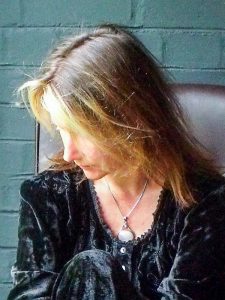 When I decided to write a story set in the 16th century, I knew that a lot of research lay ahead. It actually turned out to be a whole year of research. I studied monarchs and dates of wars, major events and conflicts, and of course the central subject of the book: witchcraft accusations. But it was the small things, the everyday actions, belongings, meals and, yes, even underwear, of ordinary people that proved a little elusive, and I set out to find them with an obsessive determination.
When I decided to write a story set in the 16th century, I knew that a lot of research lay ahead. It actually turned out to be a whole year of research. I studied monarchs and dates of wars, major events and conflicts, and of course the central subject of the book: witchcraft accusations. But it was the small things, the everyday actions, belongings, meals and, yes, even underwear, of ordinary people that proved a little elusive, and I set out to find them with an obsessive determination.
It wasn’t enough to read time traveller style guides and watch historical films, informative as those were. I wanted to be totally immersed in the time; I wanted to be thinking the thoughts that people would have thought then, eating the food they would have enjoyed or endured and, as far as was possible, really feeling like I was living in that world.
To do this, ironically, I used technology. I started every morning and ended every day on various internet video sites. There I discovered several old television series where historians lived as people in medieval times, sometimes for a whole year, more often just for Christmas.
When they baked a Twelfth Night Cake, I did too.
When they ate primroses from the garden, those yellow flowers adorned my family’s salads. I learned that primroses were much sweeter when they’d just been warmed in the sun. Daisies were rather bitter, regardless of sunshine. And borage flowers, from the medieval herb garden I planted, were cucumber flavoured blue stars that made art of any cake topping.
I thought about simple daily activities such as getting up in the morning and wandering through to the kitchen. Today we would flick the light switch, turn on the kettle, and perhaps open the fridge. In the 16th century, you went into the kitchen and set fire to things. Depending on your level of affluence, you might light a candle, or a sconce, or a reed light, before getting a fire going to prepare food and beverages.
A reed light is literally a reed dipped in fat and then lit. It’s really smelly and smoky and can set off a fire alarm, spoiling the authentic mood of the medieval moment!
Ignoring the kettle and fridge, I lit the fire and set a pot atop it. My wood burning stove is not really designed for this so the water never reached boiling point. Tepid tea. Mmm… And burnt, rock-like bread, because, yes, I did that experiment. Roasted chestnuts were good done in the fire though. I made bannocks and oatcakes, but with the compromise of the gas stove. Well, it was still an open flame!
That same open flame cooked jams and jellies, including a sharp tasting spread made with rowan berries. People from the past used the wild food around them far better than we do now, with supermarkets so handy on our doorsteps. So into broth went nettles, and wild garlic and little white turnips – neeps – from the garden. No tatties. While potatoes had been discovered and taken back to Britain by the time of my book, they were not in general use and were viewed with suspicion, often blamed for outbreaks of plague and other diseases.
Then there were all the historic locations I visited, from cliffside sites of ancient castles to medieval century gaols, I wanted to feel the atmosphere and nature of these places and, hopefully, absorb something of the past from them to transfer into my writing.
So in between munching down daisies and primroses, my family wondered what piece of crumbling masonry or dangerous natural wonder they were going to be asked to visit next. My daughter took one look into a cave full of slimy seaweed covered boulders and seagull guano and said, “No.” So I traversed that myself. It was quite important, as such a cave actually features at the beginning of the story and the characters have to cross it.
I also slid down a grassy cliff by myself, then jumping a stream and climbing another steep incline to teeter on the edge of a famous cave called the ‘Deil’s Lum’ which translates as the Devil’s Chimney. I played fast and loose with the actual geographical structure of this cave in the narrative, inserting a secret tunnel into the side of it, but I hope I managed to capture that all important echoey wild atmosphere.
So much of the research never made it into the book. The drawstrings of the underwear, the reed lights: they weren’t needed. The same went for the primroses and daisies. It would have been wrong to shoehorn these things into the story just to show that I knew about them. But the knowledge of these small details from the past helped me to get into the right mind-set to write the time, and understand the characters’ lives a little bit better.
So, back in the present, we’re enjoying potatoes in our dinners again and tomatoes on the salads. Soon I will have to break the news: I’m off to the Iron Age next. Oh the joys of underground souterrains and stone ground grains! How readily available are those grinding stones? Could I make a set? The research required to immerse oneself in history may be extensive and time-consuming, but it’s truly matched in the joy of discovery and learning, and, of course, the fun.
—
Ailish Sinclair trained as a dancer and taught dance for many years, before working in schools to help children with special needs. A short stint as a housekeeper in a castle fired her already keen interest in untold stories of the past and she sat down to research and write.
She now lives beside a loch with her husband and two children where she still dances and writes and eats rather a lot of chocolate.
Website: https://ailishsinclair.com/
Facebook: https://www.facebook.com/ailishsinclairauthor/
Twitter: https://twitter.com/AilishSinclair
Instagram: https://www.instagram.com/ailishsinclair/
Goodreads: https://www.goodreads.com/AilishSinclair
Publisher: https://www.gwlpublishing.co.uk/
Set in a fictional castle, and featuring the Aberdeen witchcraft panic of 1597, Ailish Sinclair’s debut novel THE MERMAID AND THE BEAR releases October 18th 2019.
THE MERMAID AND THE BEAR
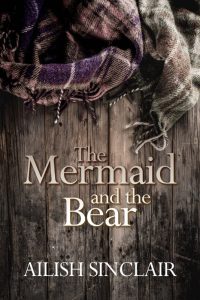 Isobell needs to escape. She has to. Her life depends on it.
Isobell needs to escape. She has to. Her life depends on it.
She has a plan and it’s a well thought-out, well observed plan, to flee her privileged life in London and the cruel man who would marry her, and ruin her, and make a fresh start in Scotland.
She dreams of faery castles, surrounded by ancient woodlands and misty lochs… and maybe even romance, in the dark and haunted eyes of a mysterious Laird.
Despite the superstitious nature of the time and place , her dreams seem to be coming true, as she finds friendship and warmth, love and safety. And the chance for a new beginning…
Until the past catches up with her.
Set in the late sixteenth century, at the height of the Scottish witchcraft accusations, The Mermaid and the Bear is a story of triumph over evil, hope through adversity, faith in humankind and – above all – love.
Category: Contemporary Women Writers, How To and Tips
Comments (13)
Trackback URL | Comments RSS Feed
Sites That Link to this Post
- Autumn Recipes and Clothes and a New Book - Frugal Living in the UK | October 18, 2019
- A Bookish Post - Ailish Sinclair | September 14, 2019
- Ailish Sinclair tastes sweet primroses and bitter daisies... - GWL Publishing | September 12, 2019
- A Fairy Scene, an Opening, and an Article - Ailish Sinclair | September 12, 2019




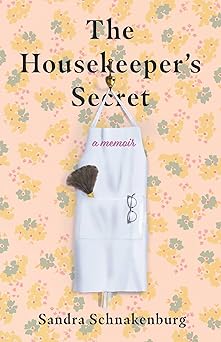






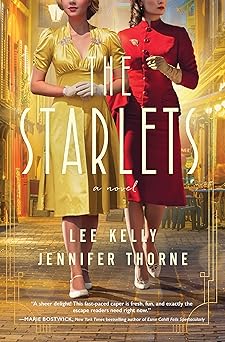
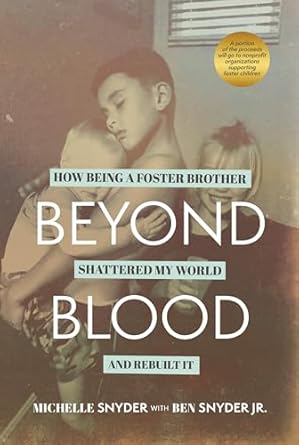
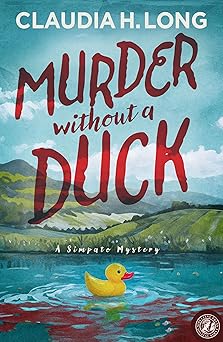
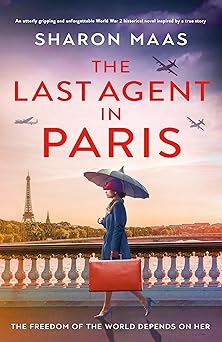
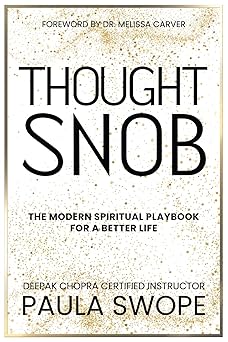
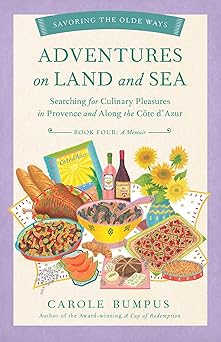
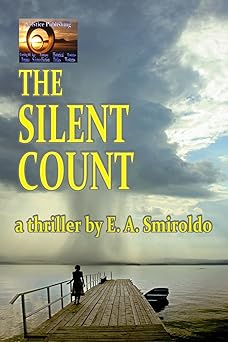
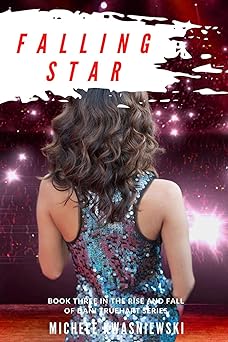
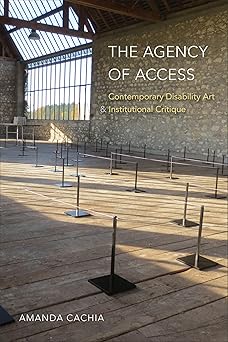
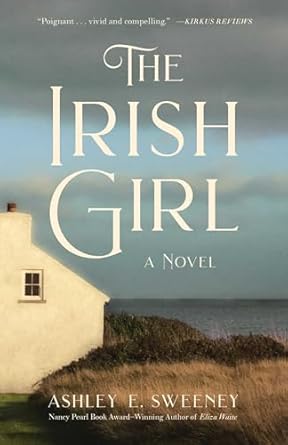
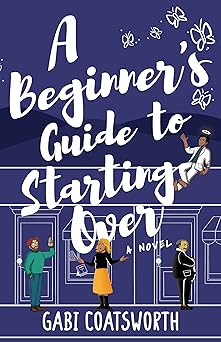
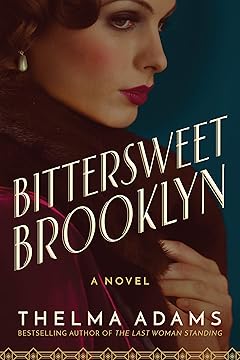

There goes a ton of research in historical fiction. I find it inspiring you did it so thoroughly. I can’t wait to read the book. I am sure it will be an excellent one.
It’s wonderful if you are committed to do such a thorough research. It will make the story stronger and more believable. Thanks for your great effort!
I love castles and caves. You’ve inspired me to do the same here in Italy. Funny how I still pick wild plants in the spring, such as; primrose, dandelion, and burdock leaves. I’m sure your book will have a mega-hit.
Reading of all this research after I read your book was really a wonderful venture into the histories you lived out. Its the everyday details that make a life, and a life that makes a story. Thanks for sharing your journey in this way.
The devil really is in the details, right? I love it when a writer takes the time to do the proper research. It makes the story real…like time traveling to a forgone age. There’s nothing worse than being sucked out of a wonderful read when you know matches didn’t exist in the 12th century, for example. I loved Mermaid and the Bear and am looking forward to your next adventure. Brava, Ailish!
What a fantastic way of doing research. I always wondered about this process for fiction. I work at a research library so I see and help people working on non fiction works all the time but your process was so inspiring!
Thanks for the lovely post!
Impressive! This book is definitely going on my reading list!
Ailish,
What a wonderful piece. The loving details that you sought to infuse into your book will give it an authentic atmosphere and feel. As a fellow author and a history buff, I’m intrigued by your book.
You have definitely emerged yourself in research. All that time definitely will show up in your book. I admire your tenacity.